Country Life Today: The surprising truth about cows breaking wind
This morning we look at why studying animals' noxious emissions can help us make the world a better place, celebrate the anniversary of the house of Windsor and wonder at the greatest photographs in the galaxy.
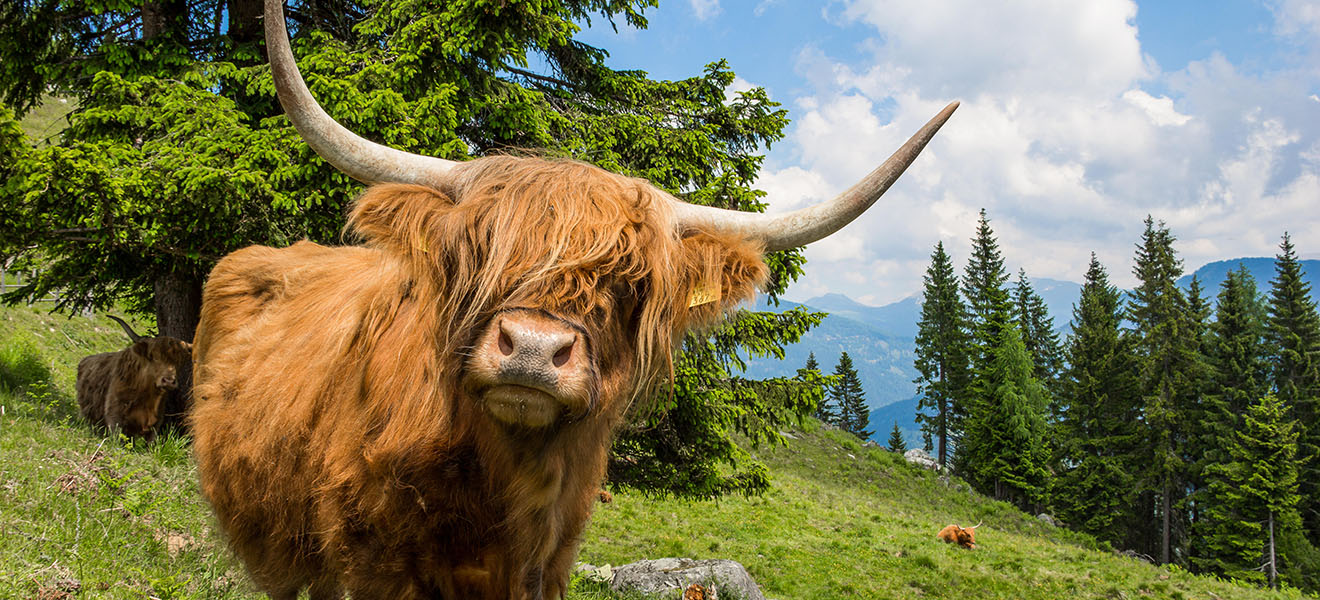
The truth about cow farts
It's not every day that you come across a lengthy article discussing the scatological habits of birds and animals, but that's the offering from Quartz this morning in a piece penned by Dani Rabaiotti, a researcher at the Zoological Society of London.
'I have been asked about cow farts and how they contribute to greenhouse gas emissions,' he writes. 'The truth of the matter is that most of the methane cows emit actually comes from burps, not farts. However, our demand for beef contributes significantly to both climate change and habitat loss.'
He also discussed snakes that fart to deter predators, the fish who live up other creatures' backsides and a type of frog with notoriously gunky skin. Studying such things seriously can not only help broaden our understanding, he adds, but also bring another benefit in the form of engagement.
'I strongly believe that as people learn about animals and their strange and hilarious habits, they will be more inclined to want to make sure wildlife exists on this planet long into the future,' adds Rabaiotti.
'That’s why I love writing about animal farts.'
The photographs that are literally out of this world
We'll be honest: we didn't even know the Royal Observatory Greenwich ran an astronomy photography competition until yesterday. But they do, and the shortlisted pictures for the 2019 award are just magnificent.
Sign up for the Country Life Newsletter
Exquisite houses, the beauty of Nature, and how to get the most from your life, straight to your inbox.
See all the shortlisted entries (Royal Museums Greenwich)
The man who'll save the planet?
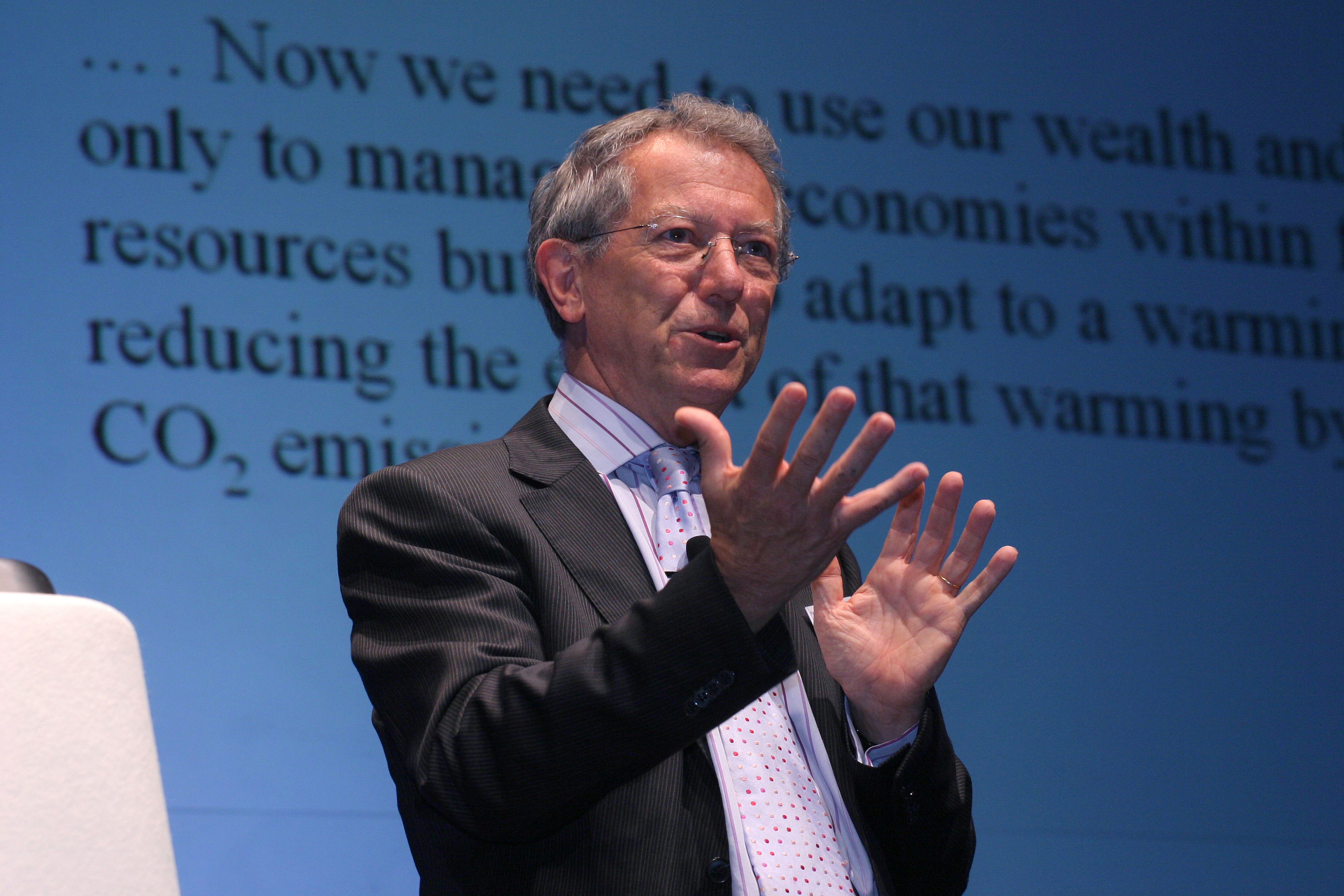
The Times carries an interview with Sir David King, the former top science advisor to the UK government, and the man who now heads up the the Centre for Climate Repair at the University of Cambridge. That's the newly-created unit looking into ways to stop climate change.
It's a fascinating read, starting off with King's pivotal role in stopping the foot-and-mouth outbreak in 2001, and moving through to his latest ideas. Everything from growing underwater forests to seeding clouds in the arctic to stop the sun melting ice is on the table.
Much of it sounds like science fiction, but as Sir David explains: 'Space travel was science fiction. HG Wells and the rest built up the notion of space travel before it ever happened.'
Not that it's all bright ideas for the future.
'We’ve now gone too far — it’s very late in the day,' he says at one point, while warning of a potential 7m rise in sea levels.
'We started these discussions as scientists in the Eighties. If we had all acted then we would be in a very safe place now.'
Full story (The Times – subscription required)
On This Day: The dawn of the House of Windsor
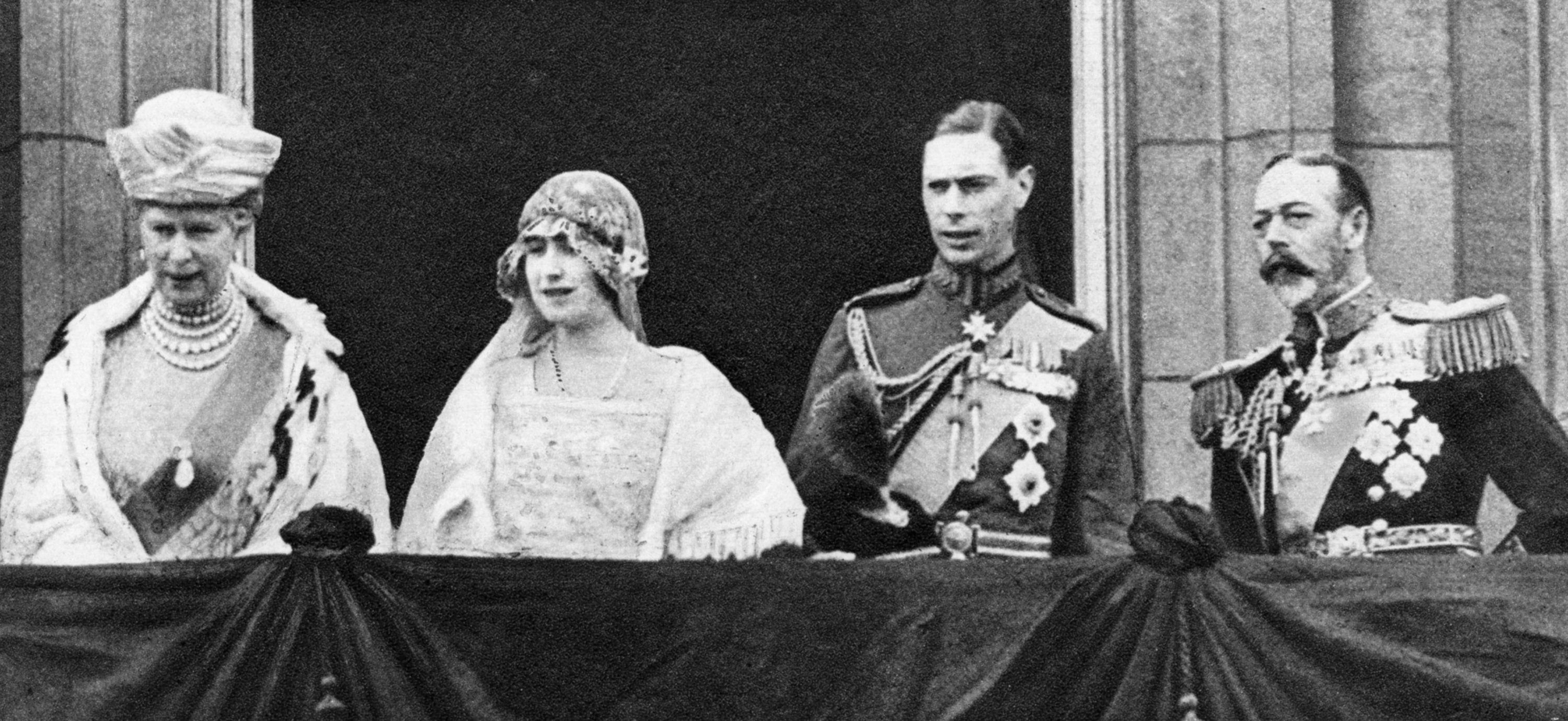
On June 19, 2017, King George V decided to change the family name from Saxe-Coburg-Gotha to Windsor — it proved a PR masterstroke. 'Tradition and romance, service and ceremony – these qualities, instantly evoked by the image of Windsor Castle, have provided the family that bears its name with what has mostly been an impregnable mystique,' wrote Clive Aslet in Country Life on the centenary.
Full story of the Royal Family's great rebranding (Country Life)
A man who made millions in oil on the need to live without it
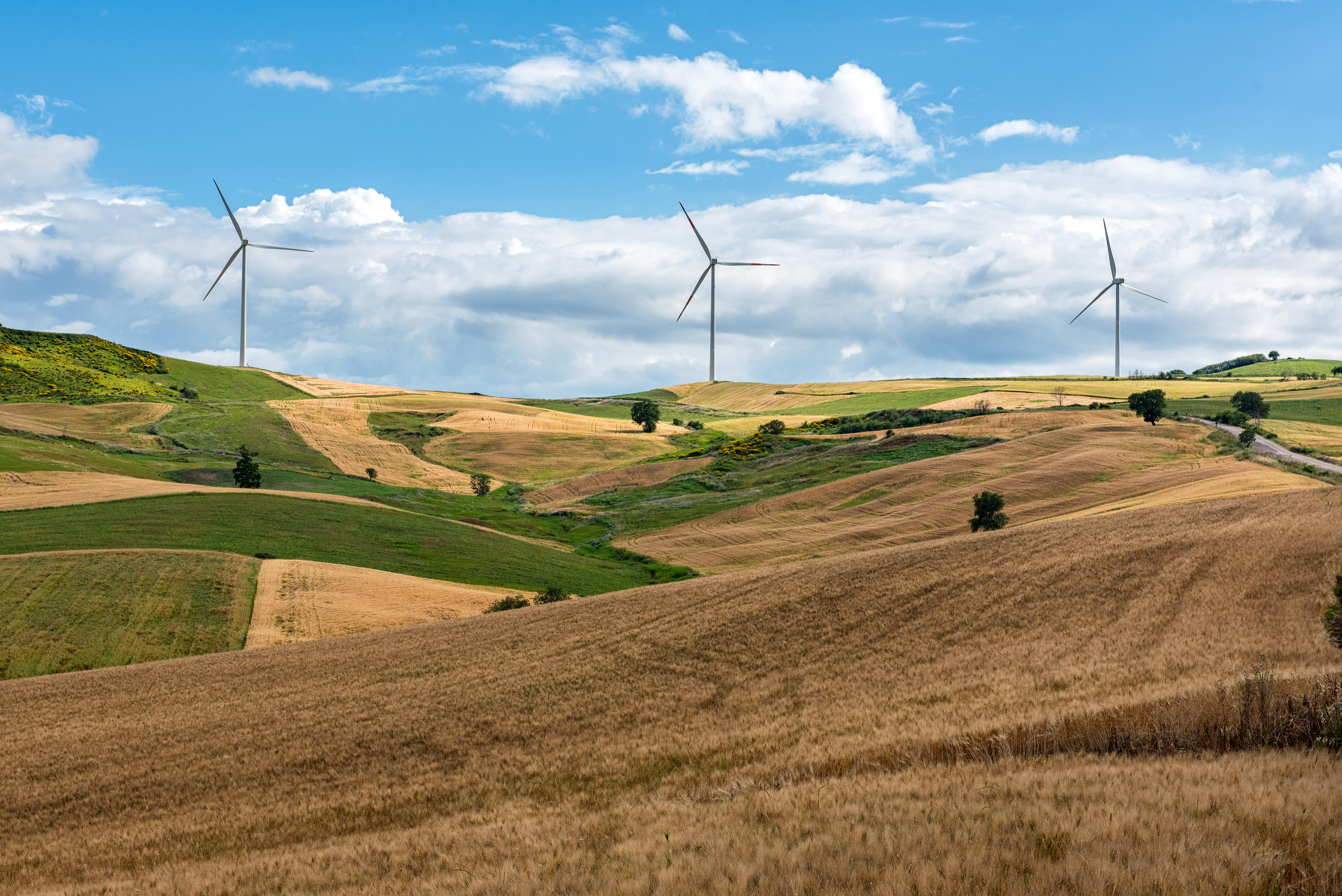
John Browne, the high-profile former chairman of BP, has written a very interesting piece in The i, adapted from a book he's written about the future of civilisation. It's full of interesting snippets about renewable and non-renewable energy. 'If we picked a very sunny area, the Sahara Desert for example,' he says in one example, 'and covered a patch about the size of Spain with photovoltaic panels, we could supply every person on the planet with abundant electricity.'
There are also passages on how wind and solar have both come an enormously long way — particularly in supposedly-polluting China — yet still have clear paths to get better and better. It's well worth a couple of minutes of your morning.
Where was the rain at Royal Ascot?
Is there really a secret system for pausing the rain while the open top carriage arrives? I think we should be told.
And finally... Quote of the Day
'The great trees, which had looked shrunken and bare in the earlier months, had now burst into strong life and health; and stretching forth their green arms over the thirsty ground, converted open and naked spots into choice nooks, where was a deep and pleasant shade from which to look upon the wide prospect, steeped in sunshine, which lay stretched beyond. The earth had donned her mantle of brightest green; and shed her richest perfumes abroad. It was the prime and vigour of the year; all things were glad and flourishing.'
– Charles Dickens, Oliver Twist

Country Life Today: How puppy dog eyes are the finest evolutionary trick of man's best friend
Today, we look at how puppy dog eyes are a touch of evolutionary genius, how new road signs will help
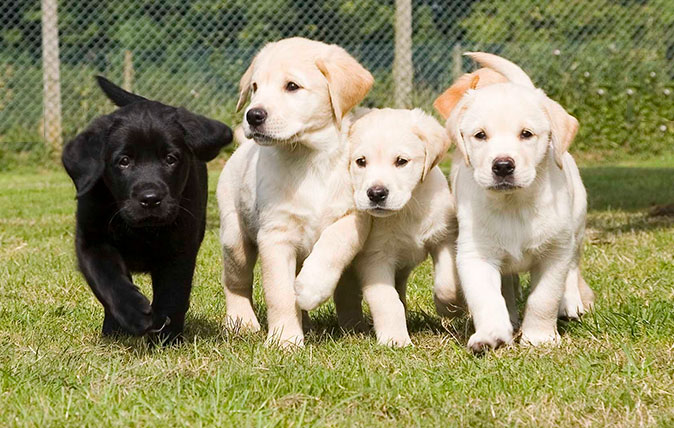
Credit: Guide Dogs
The seven stages of life for a guide dog, from puppy to retiree
The work that goes into training a life-changing canine is immense.
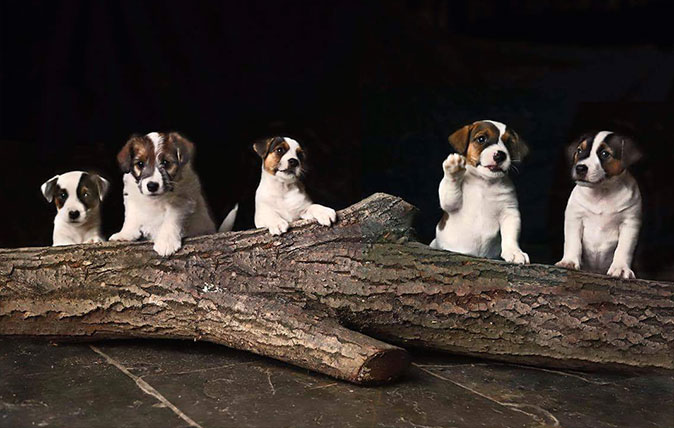
Dog Tales: How Crumble became a Country Life frontispiece, found a husband and had five puppies
A brilliant lonely (dog) hearts ad for Crumble was shared by us at Country Life – and ended up sparking
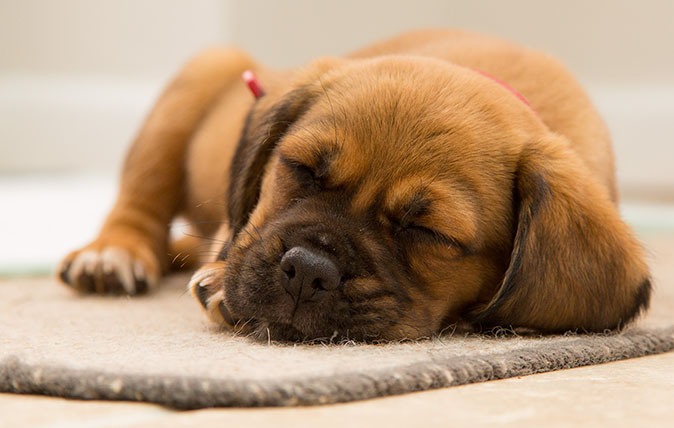
Credit: Pexels /Torsten Dettlaff
Nine things nobody will tell you before you get a puppy
Get a puppy and your life will never be the same again – but not always in the ways you'd imagine.
Toby Keel is Country Life's Digital Director, and has been running the website and social media channels since 2016. A former sports journalist, he writes about property, cars, lifestyle, travel, nature.
-
 Designer's Room: A solid oak French kitchen that's been cleverly engineered to last
Designer's Room: A solid oak French kitchen that's been cleverly engineered to lastKitchen and joinery specialist Artichoke had several clever tricks to deal with the fact that natural wood expands and contracts.
By Amelia Thorpe
-
 Chocolate eggs, bunnies and the Resurrection: Country Life Quiz of the Day, April 18, 2025
Chocolate eggs, bunnies and the Resurrection: Country Life Quiz of the Day, April 18, 2025Friday's quiz is an Easter special.
By James Fisher
-
 The brilliant tractor tribute to the NHS from a group of Warwickshire farmers
The brilliant tractor tribute to the NHS from a group of Warwickshire farmersPeople around Britain have been paying tribute to the efforts of our NHS workers at the time of the coronavirus pandemic — but few have been as creative and clever as this one.
By Toby Keel
-
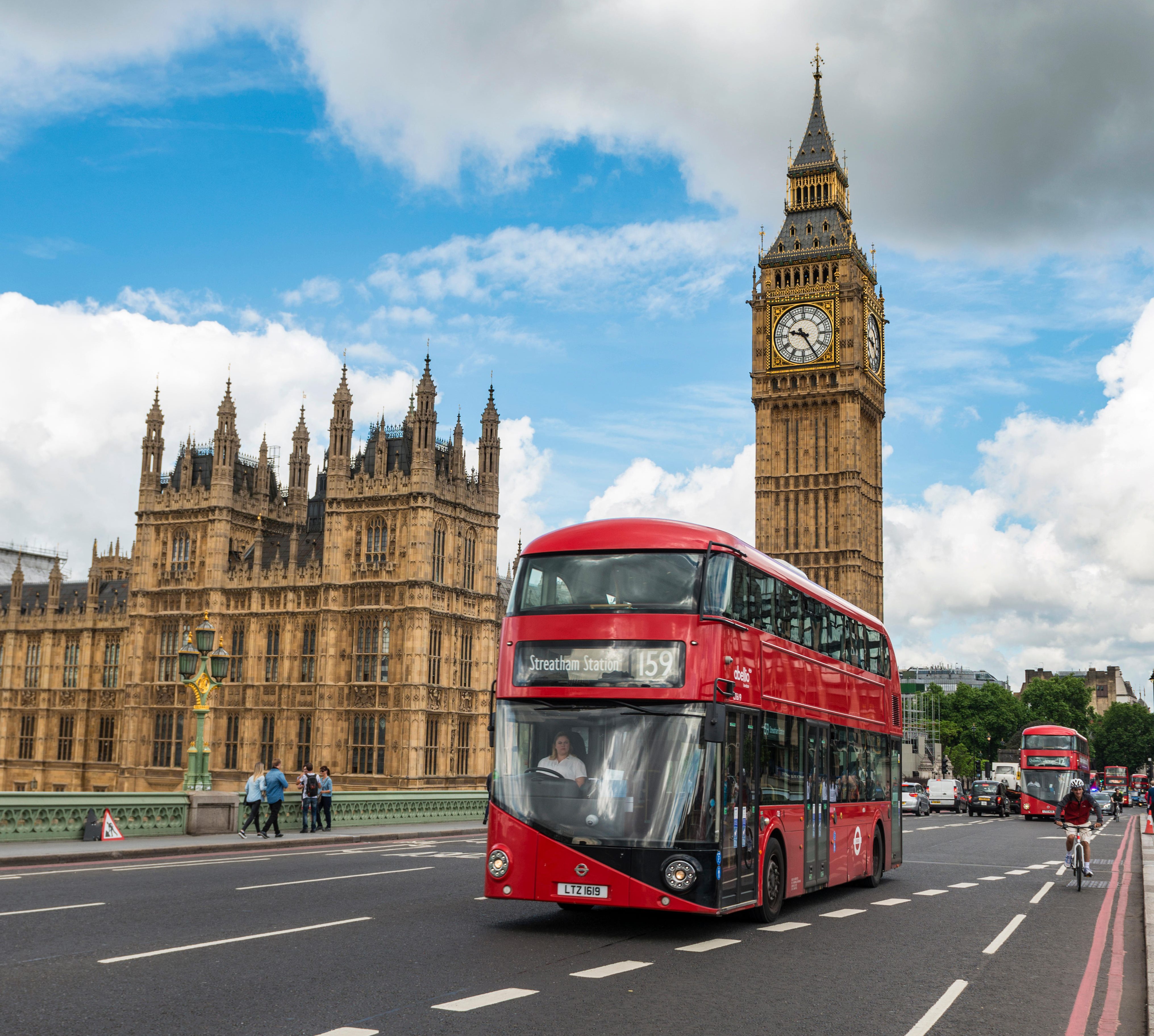 London's iconic red bus at risk and 6,000 year old chewing gum gives clues into our DNA history
London's iconic red bus at risk and 6,000 year old chewing gum gives clues into our DNA historyCuts to industry subsidies and an increase in fares has left bus use at its lowest point ever, while DNA extracted from ancient 'chewing gum' allows scientists to decipher the genetic code of a Stone Age woman.
By Alexandra Fraser
-
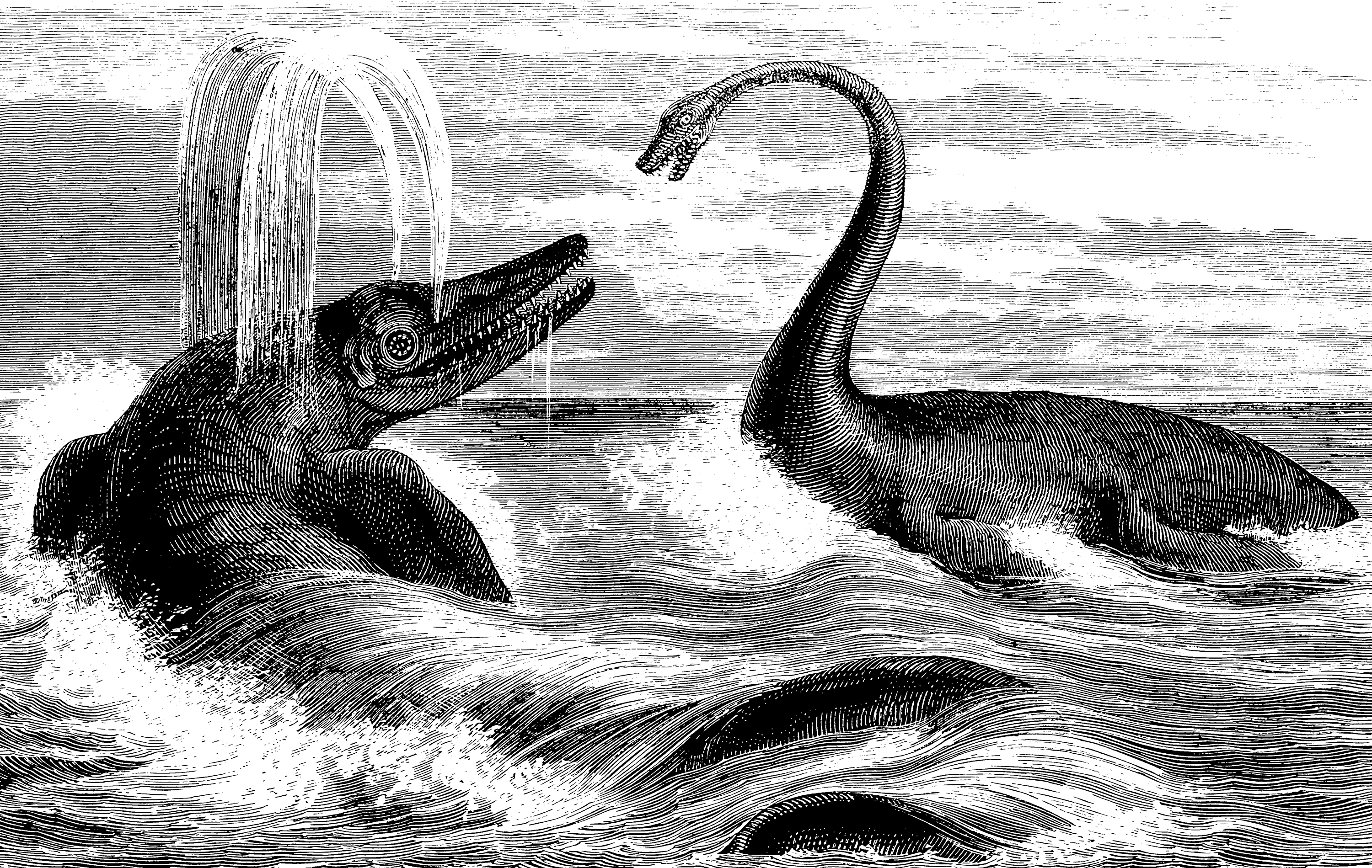 90-million-year-old 'swimming dinosaur' skeleton found by dogs out walking in Somerset, and the nonchalant moths who don't bother fleeing enemies
90-million-year-old 'swimming dinosaur' skeleton found by dogs out walking in Somerset, and the nonchalant moths who don't bother fleeing enemiesA superbly intact dinosaur skeleton — described as being 'museum quality' — has been discovered on a beach in Somerset.
By Toby Keel
-
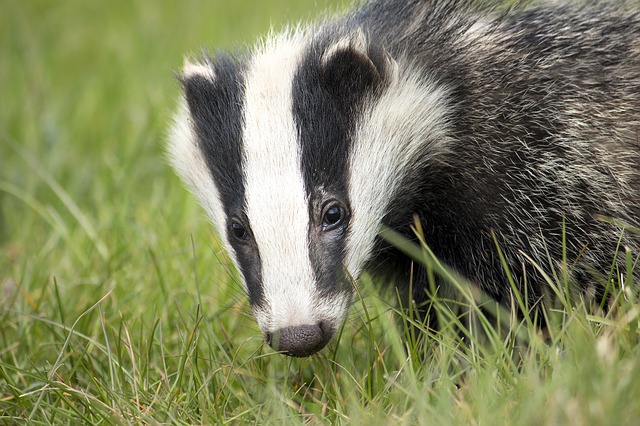 Battle to ban 4x4s from the idyllic Lake District spot bequeathed by Beatrix Potter, eagle fights octopus and the 'snail's pace' climate talks
Battle to ban 4x4s from the idyllic Lake District spot bequeathed by Beatrix Potter, eagle fights octopus and the 'snail's pace' climate talksThis morning we look at Little Langdale's fight for peace, reflect on the climate change talks in Madrid and discover the soundtrack for Brexit.
By Toby Keel
-
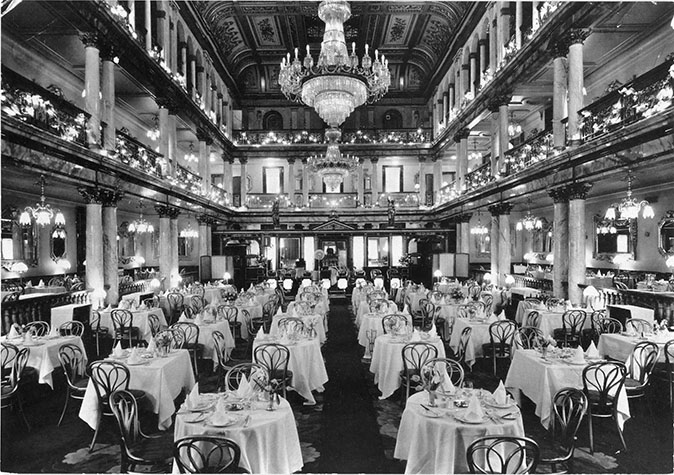 Country Life Today: How Greta Thunberg shifted the dial on climate change — and the backlash shows just how much
Country Life Today: How Greta Thunberg shifted the dial on climate change — and the backlash shows just how muchThis morning we ponder whether Greta Thunberg is the Joan of Arc for the environmental movement, look at a key election — one from 19 years ago — and ponder the marvel of 'dad tidying'.
By Toby Keel
-
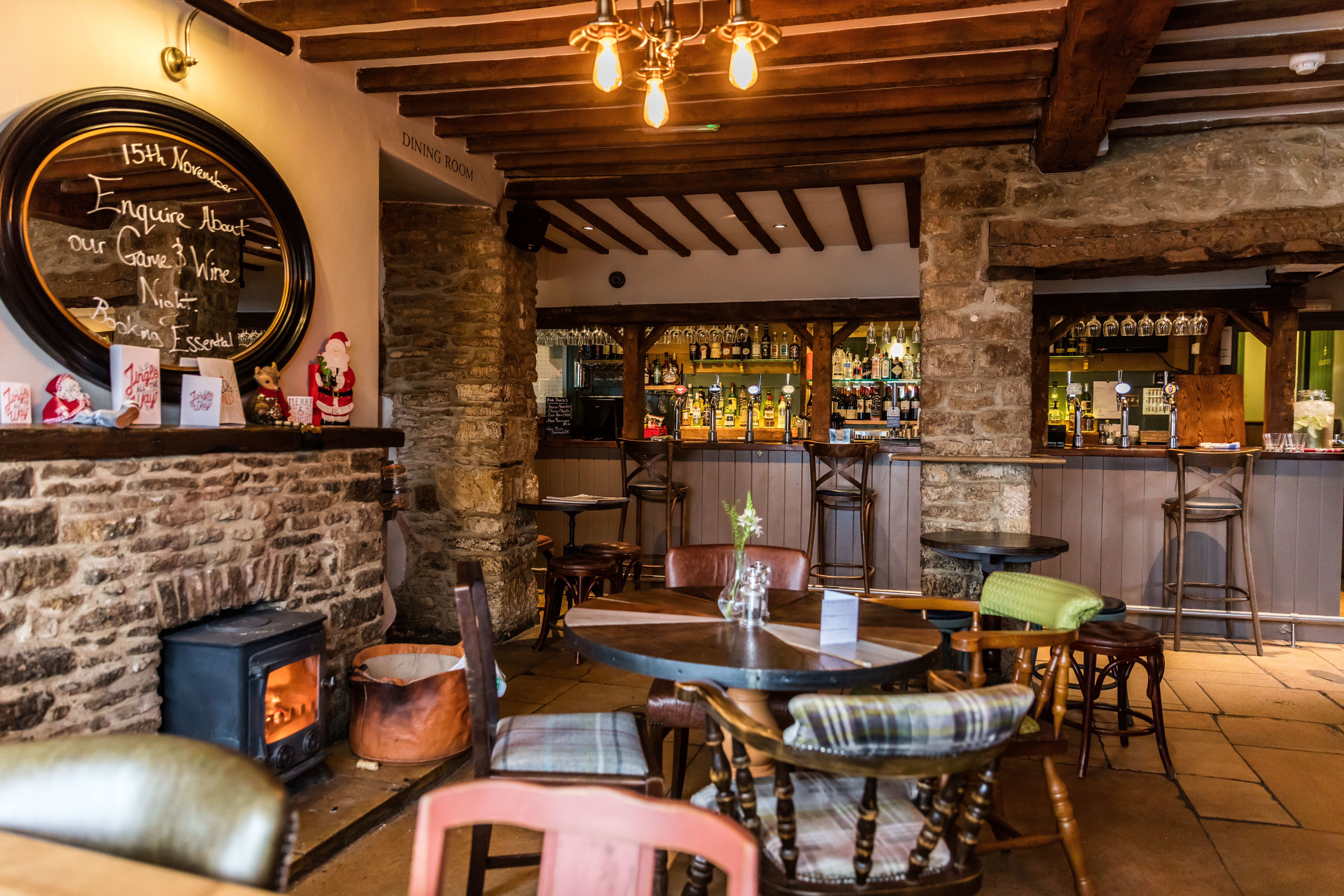 Country Life Today: Great news for those who love our great country pubs — the years of decline are over
Country Life Today: Great news for those who love our great country pubs — the years of decline are overThere is a great sign of health in the pub industry, we look back at Edward VIII's abdication message and fret about Greenland's melting ice.
By Toby Keel
-
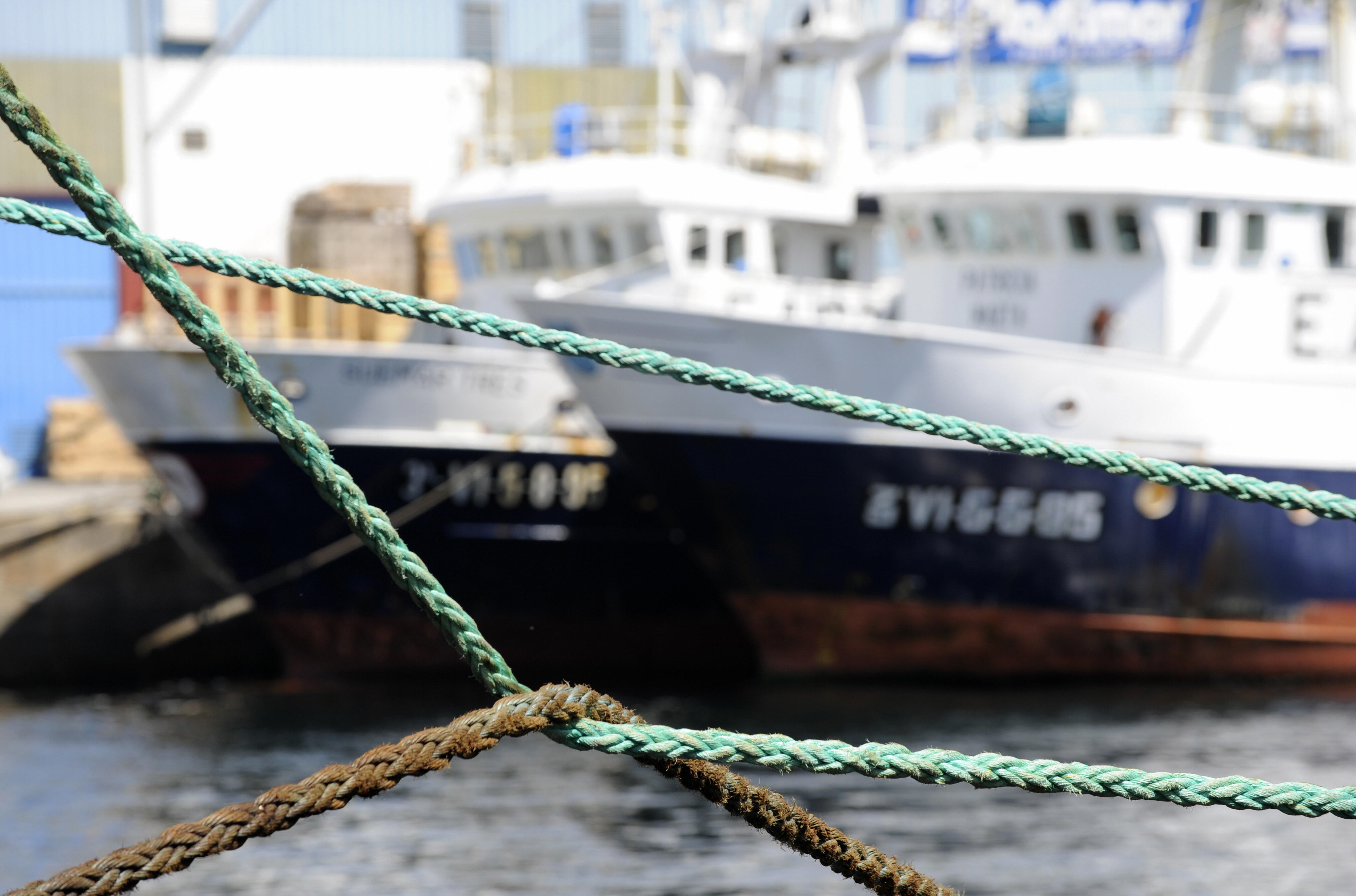 Country Life Today: Spain accused of being 'a deplorable choice' for UN climate conference
Country Life Today: Spain accused of being 'a deplorable choice' for UN climate conferenceA no-holds-barred assault on the Spanish fishing industry, Banksy raising awareness of the homeless and the woes of the Christmas jumper are in today's news round-up.
By Carla Passino
-
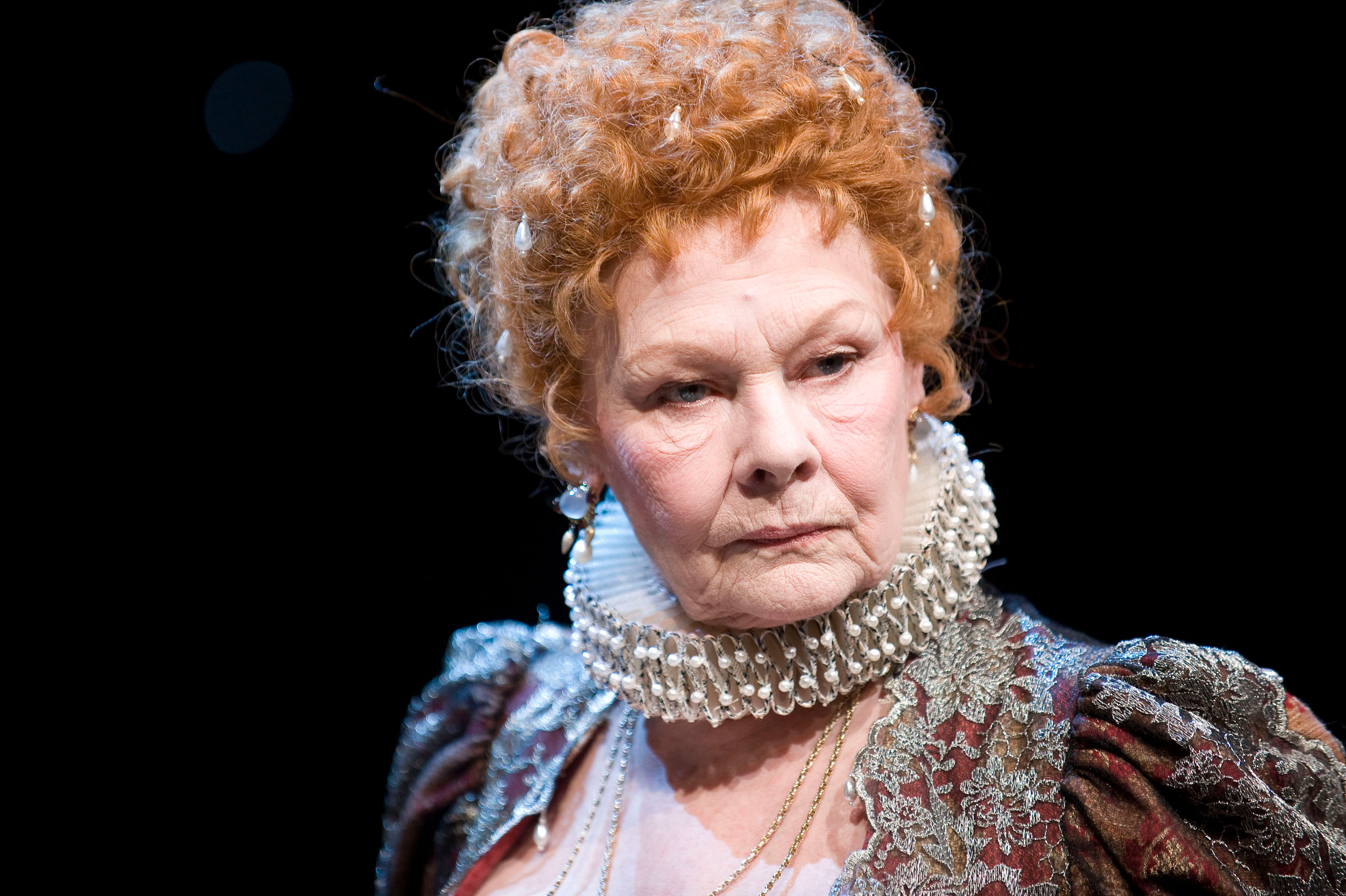 Country Life Today: 'This is perhaps the ultimate wake-up call from the uncontrolled experiment humanity is unleashing on the world’s oceans'
Country Life Today: 'This is perhaps the ultimate wake-up call from the uncontrolled experiment humanity is unleashing on the world’s oceans'In today's round up, we examine why oxygen loss is putting oceans at risk, discover that action to cut air pollution brings almost immediate benefits to human health and find out which bird's arrival marks the start of winter in Gloucestershire.
By Carla Passino
